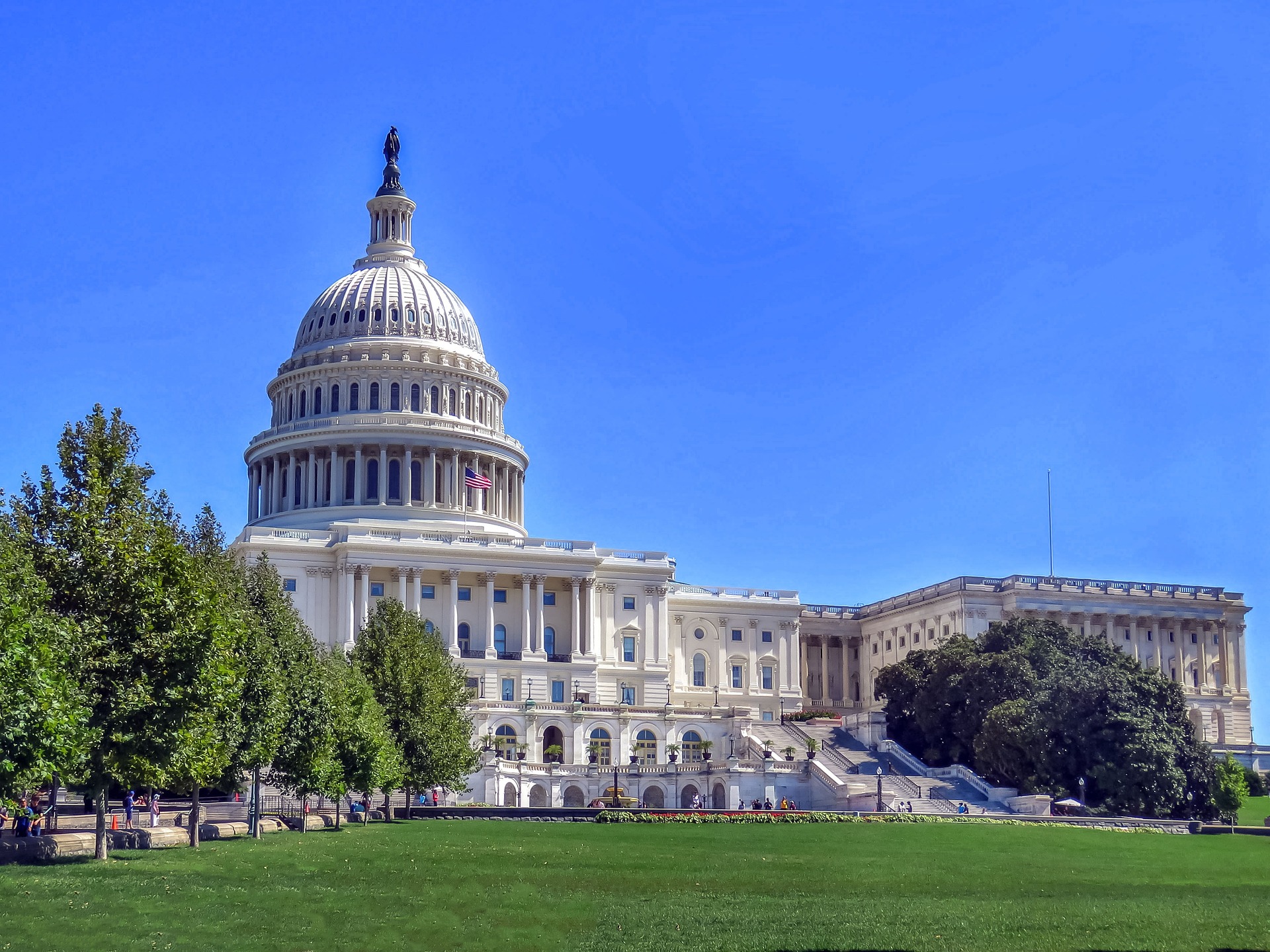
The American former Deputy Assistant spoke about the issues of mass immigration at Danube Institute's international conference in Hungary.Continue reading

Hungarian immigration policy was also the topic of an international conference held at the U.S. Congress building on Friday, preceded by a panel discussion at the Hungarian Embassy in Washington, where a book summarizing Hungarian migration policy was presented.
The event was organized by the International Network of Migration Research (INIR) with the participation of Viktor Marsai, Director of the Hungarian Migration Research Institute and Associate Professor at the National University of Public Service. Viktor Marsai told MTI that the conference, held in the U.S. Capitol building, is the eighth major event of the INIR, which was established in November 2023. He said that the activities of the academic network include joint research and sharing of experiences on migration among the participating countries, in addition to organizing joint events and producing publications.
Mr. Marsai described the common perspective of international cooperation as a critique of migration, which means asking the questions that progressive ideas do not dare to ask about migration.
Partly under the umbrella of the organization, a volume reviewing the past decade and a half of Hungarian immigration policy was produced and presented at a panel discussion at the Hungarian Embassy in Washington, D.C. on Thursday, with the participation of U.S. experts and administration officials. Summing up the event, the director of the Migration Research Institute said that the comments also showed that Americans have been watching Hungarian immigration policy for the past 15 years, elements of which have been taken over by the new U.S. administration that took office in January.
The book launch panel discussion was also attended by senior officials from the U.S. Departments of State and Homeland Security, who outlined the new U.S. administration’s policy principles and actions on migration and illegal immigration, including tightening border security.
Among other things, they said that the Trump administration is taking a completely new approach to migration, which focuses in part on addressing root causes and the principle of helping people where they are, but does not recognize migration as a fundamental right. They stressed that under the new immigration policy, the United States is ready to cooperate with partners like Hungary.
Eric Ruark, Director of Research, Sustainability and Public Relations at NumbersUSA, pointed out to MTI that
the Trump administration has managed to reduce the number of illegal border crossings by 95 percent in a short period of time, but that the deportation of illegal immigrants who have entered the country in recent years remains a challenge.
Hungarian Ambassador to the United States Szabolcs Takács pointed out that the basis of Hungary’s immigration policy is that a country that cannot defend its borders cannot be considered sovereign. He added that the issue of securing borders is non-negotiable. The diplomat told the U.S. audience that Hungary is fulfilling its legal obligation as a Schengen member by protecting its borders, but is still being punished.
In addition to the United States, Hungary’s effective border security activities over the past ten years are already seen as an example by many European countries,
the Prime Minister’s chief adviser on homeland security told the M1 news channel on Saturday afternoon. According to György Bakondi, in his election campaign, U.S. President Donald Trump repeatedly cited the migration policy that Hungary has been pursuing since 2010, as an example, and the important fact that the government has developed the procedures for managing migration, taking into account the opinions of the Hungarian people.
Mr. Bakondi recalled that in 2015, when some 400,000 illegal immigrants flooded into the country, the first step the cabinet took was to ask Hungarians whether to allow them in or close the border. Regardless of party political affiliation, the vast majority of Hungarians said at the time that huge groups of illegal immigrants should be prevented from pouring into the country. The government then took the steps that led to the building of the fence, the presence of police and military forces at the border, and the establishment of the legal border barrier.
The U.S. administration is now applying the same measures: with the technical solutions, the deployment of the army at the border, and the introduction of the legal border barrier, only those migrants whose asylum applications outside the border are positively assessed can enter the country.
In response to a question, Bakondi confirmed that an increasing number of European countries are coming closer to the principles of Hungarian migration policy, and many of them are rejecting the EU’s migration pact. The latter was not accepted by Hungary from the beginning, then the Netherlands and later Poland also said they would not implement it, he remarked.
He said that in Austria and Germany, political changes stemming from public dissatisfaction with the migration situation have led to the need to change nation-state policies, but Italy and the UK have also sought new solutions to the issue.
If this happens in many nation states, then sooner or later the European Council, the European Commission, and perhaps the European Parliament will have to review the decisions that were made in haste and without sufficient thought a year ago,”
the Prime Minister’s chief adviser stressed.
Via MTI, Featured photo via Pixabay